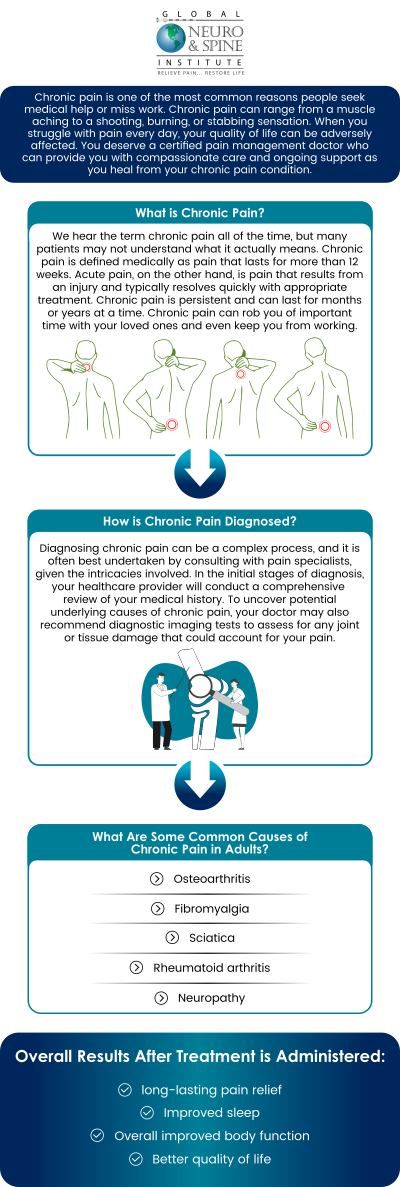Chronic pain can be a debilitating condition that affects millions of people worldwide. Whether it’s due to an injury, illness, or a medical condition, living with chronic pain can significantly impact a person’s quality of life. Fortunately, there are a variety of strategies and treatments available to help manage and relieve chronic pain. In this article, we’ll explore some of the best practices for chronic pain management that can help individuals find relief and improve their overall well-being.
Understanding Chronic Pain
Before delving into the best practices for chronic pain management, it’s important to understand what chronic pain is and how it differs from acute pain. Chronic pain is defined as pain that persists for a prolonged period, typically lasting for more than three months. It can be caused by a variety of factors, including nerve damage, inflammation, or changes in the brain and spinal cord.
Chronic pain can manifest in different ways, such as dull aches, shooting or burning sensations, or persistent discomfort in a specific area of the body. It can also lead to other symptoms, such as fatigue, depression, and anxiety, further complicating the management of the condition.
Best Practices for Chronic Pain Management
1. Multidisciplinary Approach
One of the best practices for managing chronic pain is to take a multidisciplinary approach that involves a team of healthcare professionals working together to provide comprehensive care. This may include doctors, physical therapists, psychologists, and pain specialists, each bringing their expertise to create a tailored treatment plan for the individual.
2. Medication Management
Medications can play a crucial role in managing chronic pain, helping to reduce inflammation, block pain signals, and improve mood and sleep. Common medications used for chronic pain management include over-the-counter pain relievers, prescription opioids, antidepressants, and anticonvulsants. It’s important to work closely with a healthcare provider to determine the most effective and safe medication regimen for each individual.
3. Physical Therapy
Physical therapy is another essential component of chronic pain management, helping individuals improve flexibility, strength, and mobility while reducing pain and discomfort. A physical therapist can create a customized exercise program that focuses on stretching, strengthening, and gentle movements to alleviate pain and improve overall function.
4. Mind-Body Techniques
Mind-body techniques, such as mindfulness meditation, yoga, and deep breathing exercises, can be effective in managing chronic pain by reducing stress, promoting relaxation, and improving mental well-being. These techniques can help individuals develop coping strategies for dealing with pain and enhance their overall quality of life.
5. Alternative Therapies
Complementary and alternative therapies, such as acupuncture, massage therapy, chiropractic care, and herbal supplements, can also provide relief for chronic pain. These therapies focus on holistic healing and may be used in conjunction with traditional medical treatments to enhance pain management and promote overall wellness.
Conclusion
Living with chronic pain can be challenging, but with the right approach to pain management, individuals can find relief and improve their quality of life. By taking a multidisciplinary approach, utilizing medications, physical therapy, mind-body techniques, and alternative therapies, individuals can develop a personalized treatment plan that addresses their unique needs and helps them manage chronic pain effectively.
It’s essential to work closely with healthcare professionals to explore different treatment options, monitor progress, and make adjustments as needed to achieve optimal pain relief and overall well-being. With dedication, patience, and a comprehensive approach to chronic pain management, individuals can take control of their pain and live a fulfilling and active life.
